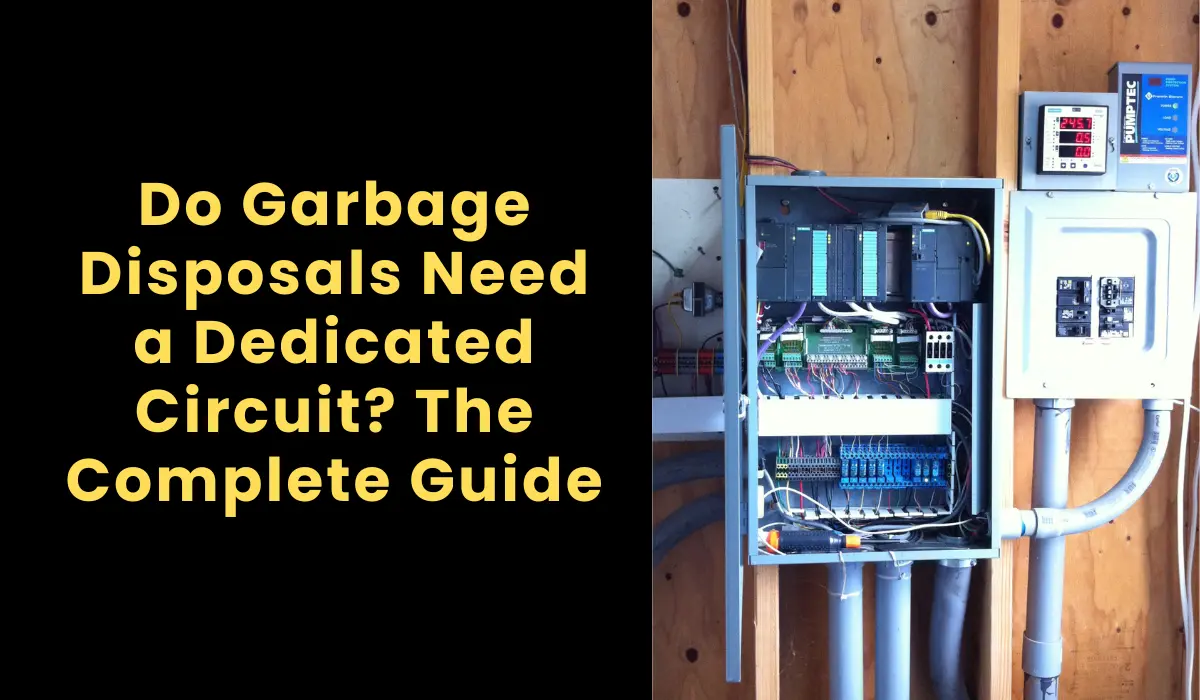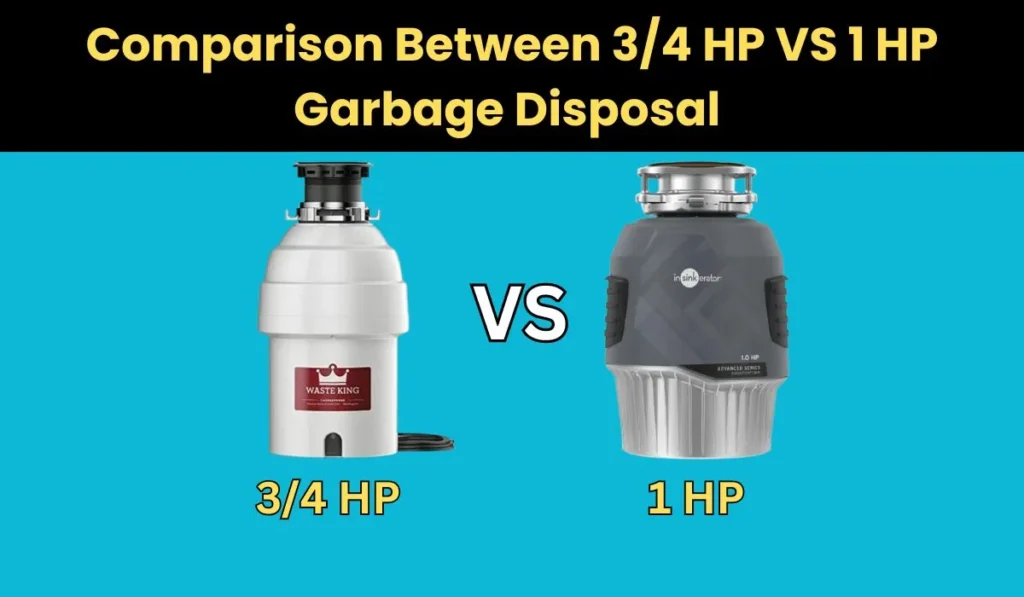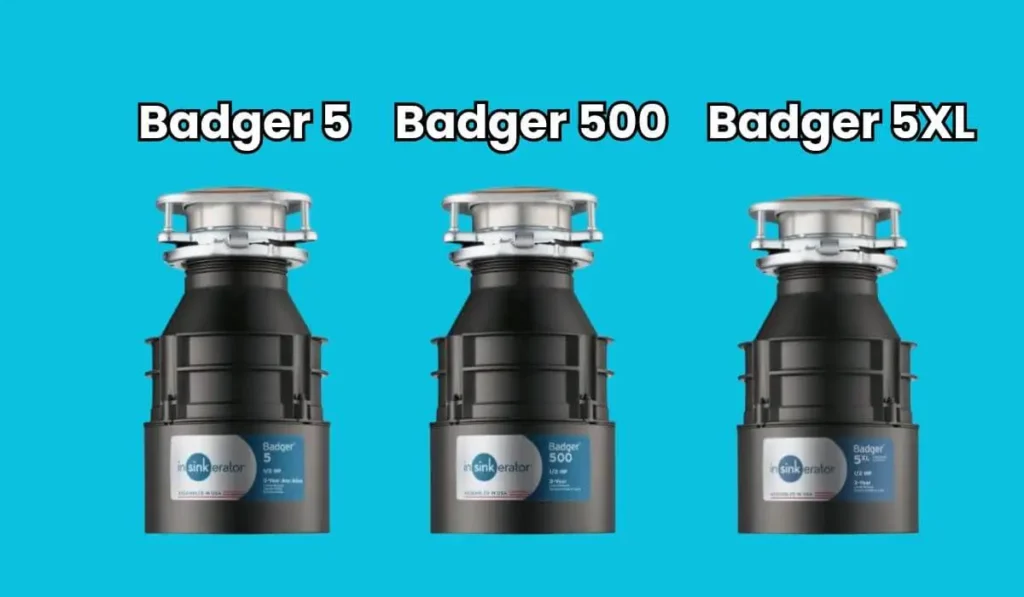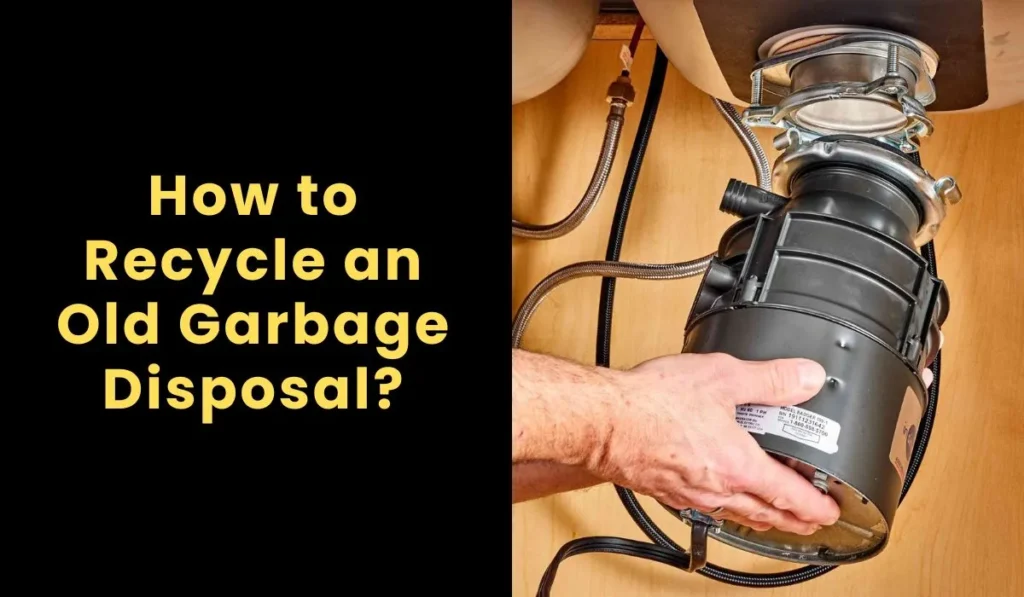Do Garbage Disposals Need a Dedicated Circuit? The Complete Guide
Installing a garbage disposal can transform your kitchen experience, but getting the electrical setup wrong could lead to tripped breakers, damaged appliances, or even safety hazards. In fact, garbage disposals should ideally have a dedicated circuit to ensure safe and reliable operation. Many homeowners wonder whether their garbage disposal needs its own dedicated circuit – and the answer is yes.
This guide covers everything you need to know about garbage disposal electrical requirements, from understanding dedicated circuits to determining what your specific unit needs. You’ll learn how to avoid common electrical mistakes and ensure your disposal operates safely and efficiently.
What is a Dedicated Circuit?
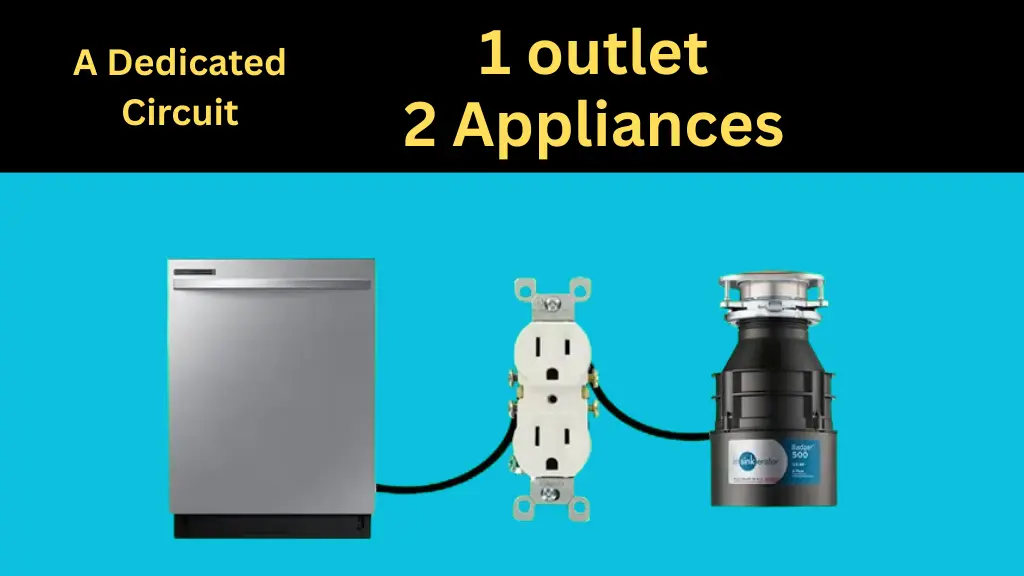
A dedicated circuit is an electrical circuit that serves only one appliance or device. Unlike shared circuits that power multiple outlets or appliances, a dedicated circuit provides exclusive power to a single unit.
Think of it like having your own private highway versus sharing a busy road with other drivers. The dedicated circuit ensures your appliance gets consistent power without interference from other electrical loads.
Dedicated circuits are essential for high-power appliances because they prevent electrical overload and reduce the risk of tripped breakers. They also help maintain consistent performance and extend appliance lifespan.
Common appliances that typically require dedicated circuits include:
- Electric water heaters
- Central air conditioning units
- Electric ranges and ovens
- Washing machines
- Some dishwashers
Electrical Requirements for Garbage Disposals
Understanding your garbage disposal’s power needs is crucial for proper installation. Most residential garbage disposals operate on standard household voltage but vary significantly in their power consumption.
garbage disposal Power Consumption
Garbage disposals typically use between 500 and 1500 watts of power. The exact consumption depends on several factors:
- Motor size: Larger motors require more power
- Horsepower rating: Common ratings range from 1/3 HP to 1 HP
- Food type: Harder materials like bones require more energy to process
A typical 1/2 horsepower garbage disposal uses around 700 watts of power and draws approximately 6 to 8 amps of current.
garbage disposal Voltage and Amperage
Most household garbage disposals operate on:
- Voltage: 120 volts (standard household current)
- Amperage: 5 to 10 amps, depending on motor size
- Circuit requirement: Usually 15 or 20 amps
When wiring your disposal, always choose the correct wire gauge: use 14 AWG for a 15-amp circuit or 12 AWG for a 20-amp circuit. Undersized wiring can overheat, increasing the risk of insulation damage and electrical fires. The circuit breaker should be matched to both the wire gauge and the disposal’s current draw to protect against overcurrent conditions.
Do Garbage Disposals Require a Dedicated Circuit?
Yes, garbage disposals should ideally have a dedicated circuit. This recommendation comes from both electrical safety experts and many manufacturer guidelines.
Why Dedicated Circuits Are Recommended
- Safety: A dedicated circuit prevents overloading, which can cause circuit breakers to trip or create fire and electrical shock hazards. When an appliance like a garbage disposal shares a circuit with others, the temporary surge of current at startup (inrush or locked rotor current) can easily tip the circuit into overload, especially if another appliance is running at the same time.
- Performance: With a dedicated circuit, your disposal receives consistent, uninterrupted power—avoiding voltage drops that can occur when multiple high-power appliances share a circuit. Voltage drops can harm performance, shorten the lifespan of the motor, and may result in unexpected shutdowns or incomplete food processing.
- Longevity: A stable electrical supply without voltage fluctuations helps prevent motor strain and overheating, extending the appliance’s life.
- Code compliance: Electrical codes such as the National Electrical Code (NEC) often require dedicated circuits for garbage disposals (and dishwashers) to ensure safe operation. Local amendments may have even stricter requirements. Using a dedicated circuit helps you remain compliant with these codes, which is crucial both for homeowner safety and when passing inspections.
- Reduced Risk of Shared Circuits: Sharing a circuit with other kitchen appliances—or worse, countertop receptacles—is not just a code violation, but a practical risk. Should both a disposal and a dishwasher (with its heating element on) operate together, or if an additional appliance like a toaster or blender is used on a shared circuit, the breaker may trip or, in extreme cases, wiring can overheat. Persistent overloading is a fire hazard and can damage wiring insulation.
- Voltage Stability: Multiple appliances running on the same circuit can lead to notable drops in voltage, reducing the efficiency and effectiveness of all connected devices. This not only hinders performance but also introduces long-term damage risk.
When Sharing Circuits Might Be Acceptable
There’s one common exception to the dedicated circuit rule: sharing a 20-amp circuit with a dishwasher. This arrangement is acceptable because:
- Both appliances rarely operate simultaneously
- The combined load typically stays within safe limits
- Many homes are wired this way by professional electricians
However, sharing circuits with countertop receptacles is prohibited by electrical code and creates safety risks.
Manufacturer Requirements
Always check your specific garbage disposal’s installation manual. Some manufacturers explicitly require dedicated circuits, while others may allow shared circuits under certain conditions. Following manufacturer guidelines is essential for warranty compliance and safety.
Potential Issues Without a Dedicated Circuit
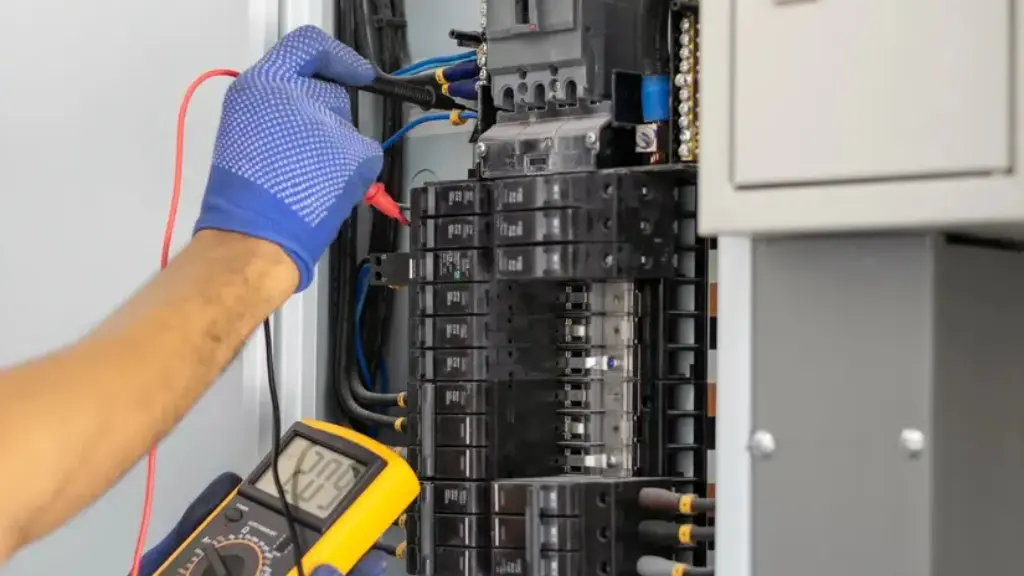
Operating a garbage disposal on an inadequate electrical circuit can lead to several problems that range from inconvenient to dangerous.
1. Circuit Overload
When multiple appliances share a circuit, their combined electrical draw can exceed the circuit’s capacity. This is especially problematic when:
- Multiple kitchen appliances operate simultaneously
- The circuit already serves high-draw devices
- The existing circuit has inadequate amperage rating
2. Frequent Breaker Trips
Overloaded circuits cause breakers to trip repeatedly. This creates several issues:
- Interrupts food preparation and cleanup
- May damage the disposal’s motor over time
- Indicates potential electrical hazards
3. Reduced Performance
Insufficient power supply can cause:
- Slower grinding action
- Motor strain and overheating
- Incomplete food processing
- Unusual noises during operation
4. Safety Concerns
The most serious risks include:
- Electrical fires from overloaded circuits
- Motor damage from power fluctuations
- Shock hazards from improper wiring
- Code violations that affect home insurance
How to Determine If Your Garbage Disposal Needs a Dedicated Circuit
Several factors help determine whether your garbage disposal requires its own circuit.
1. Check Manufacturer Specifications
Start by reviewing your disposal’s installation manual and nameplate information. Look for:
- Required amperage and voltage
- Specific circuit requirements
- Warranty conditions related to electrical installation
2. Evaluate Your Current Electrical Setup
Examine your existing kitchen electrical system:
- Circuit capacity: Determine the amperage of circuits serving your kitchen
- Current loads: Identify what else is connected to potential circuits
- Available space: Check if your electrical panel has room for additional circuits
3. Calculate Total Load
If considering a shared circuit, calculate the combined electrical load:
- Add the amperage of your disposal and dishwasher
- Ensure the total doesn’t exceed 80% of the circuit capacity
- Account for startup surges that may temporarily increase power draw
For example, a disposal drawing 8 amps and a dishwasher drawing 9 amps would total 17 amps – too much for a 15-amp circuit but acceptable for a 20-amp circuit.
4. Consult a Licensed Electrician
Professional assessment is recommended when:
- Your electrical panel is old or outdated
- You’re unsure about existing circuit capacity
- Local codes have specific requirements
- You’re planning a kitchen renovation
Installation Tips for a Dedicated Circuit
Installing a dedicated circuit for your garbage disposal requires thoughtful planning and adherence to important safety standards, especially regarding proper grounding and testing.
Planning the Circuit
Circuit sizing: Most disposals work well with a 15-amp circuit, but a 20-amp circuit provides better performance and future flexibility.
Wire gauge: Use appropriate wire gauge for the circuit’s amperage:
- 14 AWG wire for 15-amp circuits
- 12 AWG wire for 20-amp circuits
GFCI protection: Some jurisdictions require GFCI protection for disposal circuits, especially in newer construction.
Grounding and Equipment Grounding Conductors
Proper grounding is essential for safe installation. The circuit must include a grounding conductor, which should be securely connected to both the electrical panel and the metal frame of the garbage disposal. This equipment grounding conductor provides an additional layer of protection against electrical shock hazards by offering a direct path for fault current back to the panel, ensuring that the circuit breaker trips if an issue arises.
Most dishwashers and garbage disposals also require a separate equipment grounding conductor connected to the metal frame of the appliance and to the grounding system in the electrical panel. Ensure all grounding connections are secure, as a properly grounded circuit minimizes shock risks and prevents damage in case of electrical faults.
dedicated circuit Installation Process
A typical dedicated circuit installation involves:
- Turning off power at the main panel.
- Running new wire from the electrical panel to the disposal location.
- Installing an appropriate outlet or providing a direct-wired connection.
- Connecting the equipment grounding conductor both at the appliance and in the panel.
- Installing the circuit breaker in the panel, sized to match the disposal’s requirements.
- Testing the installation for proper voltage, grounding connections, and wiring integrity using a multimeter or circuit tester.
- Resolving any issues before first use to prevent hazards and protect your appliance.
Proper testing is critical: verify voltage at the outlet, confirm the grounding is secure, and ensure all connections comply with local electrical codes. If you are unsure about any aspect of this process, it’s best to consult a qualified electrician to guarantee a safe and code-compliant installation.
Below video shows how to install a new circuit breaker:
Further Reading:
Can You Safely Use a Garbage Disposal With a Septic System?
How to Calculate the Right Septic Tank Size for Your Home
Do Garbage Disposals Have Blades? The Truth Behind Kitchen Myths
How Many Amps Does a Garbage Disposal Use? Key Insights
Conclusion
Garbage disposals should ideally have dedicated circuits for optimal safety, performance, and longevity. While sharing a 20-amp circuit with a dishwasher can work in some situations, a dedicated circuit is the safest and most reliable option.
Before installing a garbage disposal, evaluate your electrical system’s capacity and consider consulting a licensed electrician. Proper electrical installation prevents problems and ensures your disposal operates effectively for years to come.
The small investment in proper electrical setup pays dividends through reliable operation, reduced maintenance costs, and peace of mind knowing your installation meets safety standards.
FAQ’s
The Author

I’m Muhammad Nabeel Dar, an employee in waste management and the owner of Garbage Waste Disposal with more than four years of experience helping people to control waste and garbage disposals are the best tools to control it. Read more

